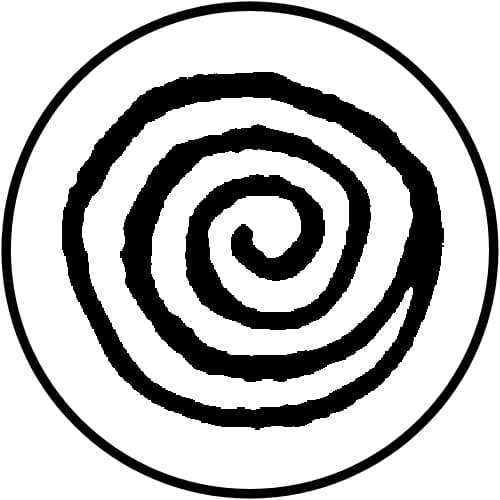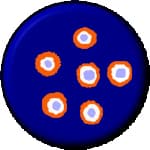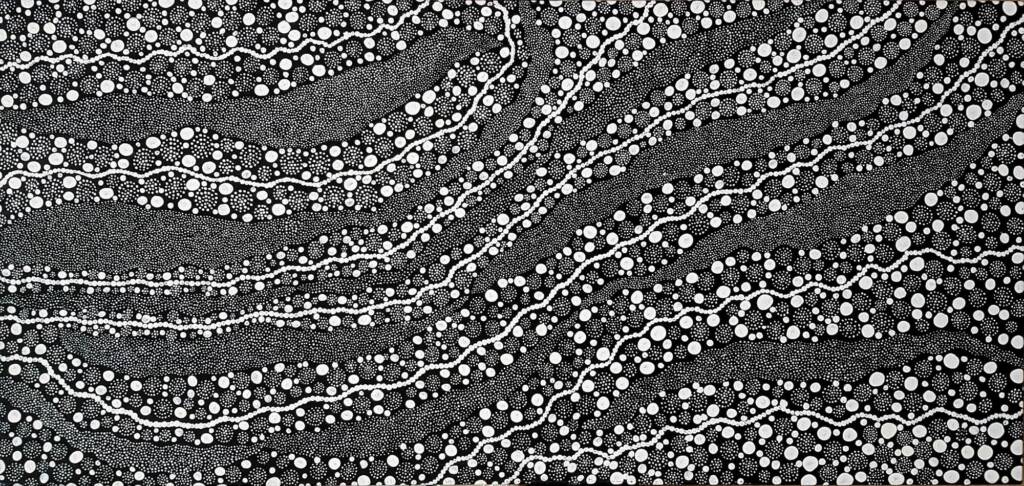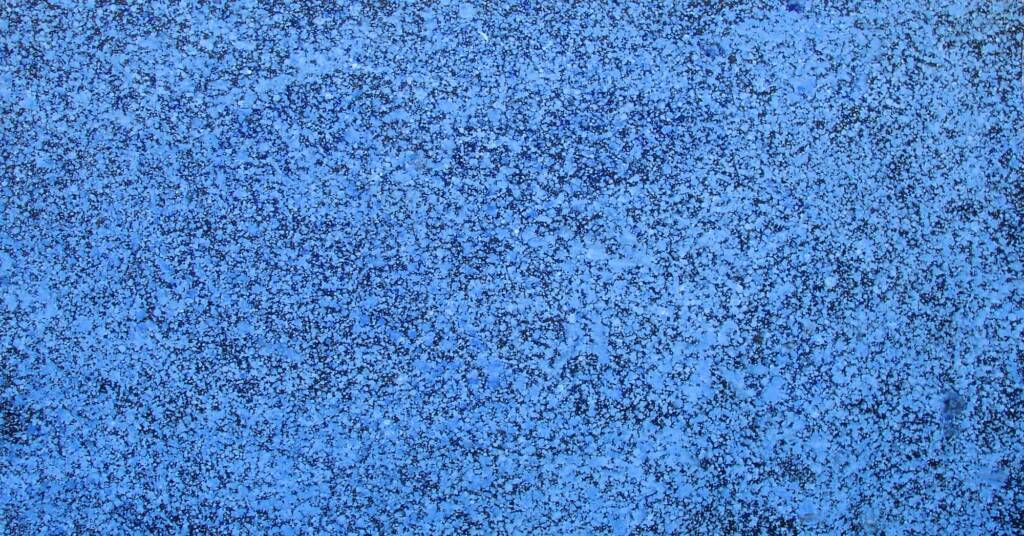Aboriginal Symbols of Rain River Water
| WARNING: Aboriginal and Torres Strait Islander people are warned that this website contain images, voices and names of people who have passed away. |
Indigenous Symbols, Iconography and Imagery
- Aboriginal Symbols
———————————— - Man Woman Child
- Human Activity
- Tools & Weapons
———————————— - Bush Food
- Bush Medicine
- Wildlife
———————————— - Landscape & Country
- Rain & Water
————————————
Aboriginal artists often create paintings about their ‘Country’, as a landscape work, or sharing a dreaming story. Many paintings are about rain and water, depicted in the many forms and associated with landmark features including rockholes, rivers and lakes. Some of the artwork are intimately connected to the dreamtime stories of particular aboriginal tribes and families.
This painting by Trephina Sultan Thanguwa talks about how her people would follow the creeks and waterholes to find water.

In the following delightful work by Linda Syddick Napaltjarri, who is also known as Tjunkiya Wukula Napaltjarri, she depicts Rain-making at Walakurritja (from the Tingari Dreaming). The place is Lake Mackay in the Gibson Desert of the ‘Western Desert’ region where she was born. Lake Mackay is a large salt lake which straddles the Western Australian and Northern Territory border. In this work are the emu and kangaroo ancestral spirits. One of the ancestral spirits pierced the cloud (above) with his spear, making rain to fall. The rockhole below, fills up with water, and it has contained water ever since. You can see the emu-men and kangaroo-men leaping about happily, after drinking the water.

The aboriginal artist often use symbols in their paintings to tell the story of water. Many of the symbols for water, waterholes, rain etc are similar across Australia. Sometimes the same symbol may have different meanings depending on the painting story as a whole.




Different aboriginal artists have their own ways of depicting water ways and rain.




As with rain, symbols can vary between aboriginal artists. Some also use rockholes and waterholes interchangeably, with some depicting dry rockholes and those with water.




In this Water Symbol on Cave Wall diptych painting by Trephine Sultan Thanguwa, we are presented with the symbol that represent waters, which are painted on a cave wall. This was to alert travellers, so that they knew water was around.

For large parts of Australia, especially in Central Australia, water is a potent symbol, often represented as symbols in iconography style, sometimes painted as part of or the entire landscape, or painted on the canvas as part of a larger story.
This painting by Trephina Sultan Thanguwa is titled Kapi (Rain). This heavy downpour is draw from the same stylistic expression that Trephina uses for her renowned works titled Tjanpi Kampanyi (Burning Grass).

In the following work by Trephina Sultan Thanguwa, Kapi-Nguru translate to meaning from water. Here she depicts how rain creates the form of the rivers as they flow across the landscape. The use of black, white and grey alludes to the fact that you may see and feel the water, when in fact the water has gone. Although as many aboriginal people are aware, water is there if you know where to look.

In this painting by Rex Sultan-Jabangardi, from Tribe Kayteye of Barrow Creek in the Northern Territory, he represents his dreaming passed down from his mother’s father and forefathers. When in drought times they would chant Sacred Rain Songs, asking the spirits to send the rains with sacred rain stones.

